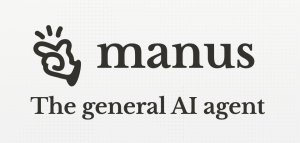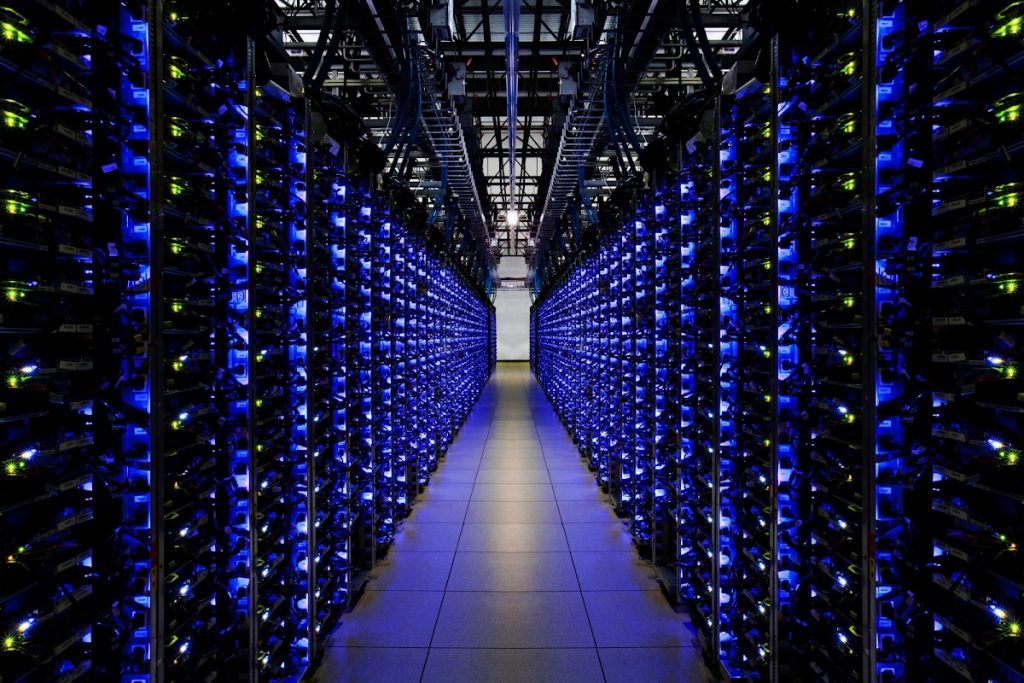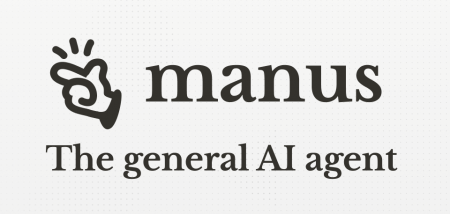Silicon Valley is turning to nuclear power in a desperate bid to find the energy to power its electricity-guzzling AI technology. Satyen K. Bordoloi outlines the dangers of and the reasons for this trend
When you ask about the biggest hurdles blocking faster development and deployment of artificial intelligence, most people think of research stagnation, hallucinations, consumer fatigue, or even excessive AI doomsdayism. Some, perhaps rightly so, talk of another AI winter around the corner. Rarely does anyone point to the actual problem: energy deficit.
To understand how big a problem this is, consider what Washington Post reporters Pranshu Verma and Shelly Tan found. Every ChatGPT prompt uses a server that performs thousands of calculations, requiring a lot of electricity to run and cool. A 100-word email generated by GPT-4 uses 0.14 kilowatt-hours (kWh) of electricity, equivalent to powering 14 LED bulbs for one hour. Another proof comes from Google’s latest environmental report, which shows a 48% rise in carbon emissions, largely due to a rise in AI use and data centres. As climate change worsens, AI’s cost to the environment might become unbearable.
AI has become so ubiquitous that most internet users today expect AI – mostly generative AI – in every tool, app, and online resource. As we wrote earlier, even companies who did not intend to get into AI are racing ahead. This has caused an exponential rise in electricity usage in the tech sector. If this continues, the world will soon run out of energy to power AI. To ensure this doesn’t happen and to retain their competitive edge, powerful AI companies are turning to a resource the world was turning away from nuclear power.
In recent months, Silicon Valley has witnessed a surge in nuclear power deals within the AI industry. Tech giants like Google, Amazon, and Microsoft have recently invested significantly in nuclear energy to meet their growing energy needs. These initiatives signal a monumental shift in their approach to their business and could also be crucial for their survival.
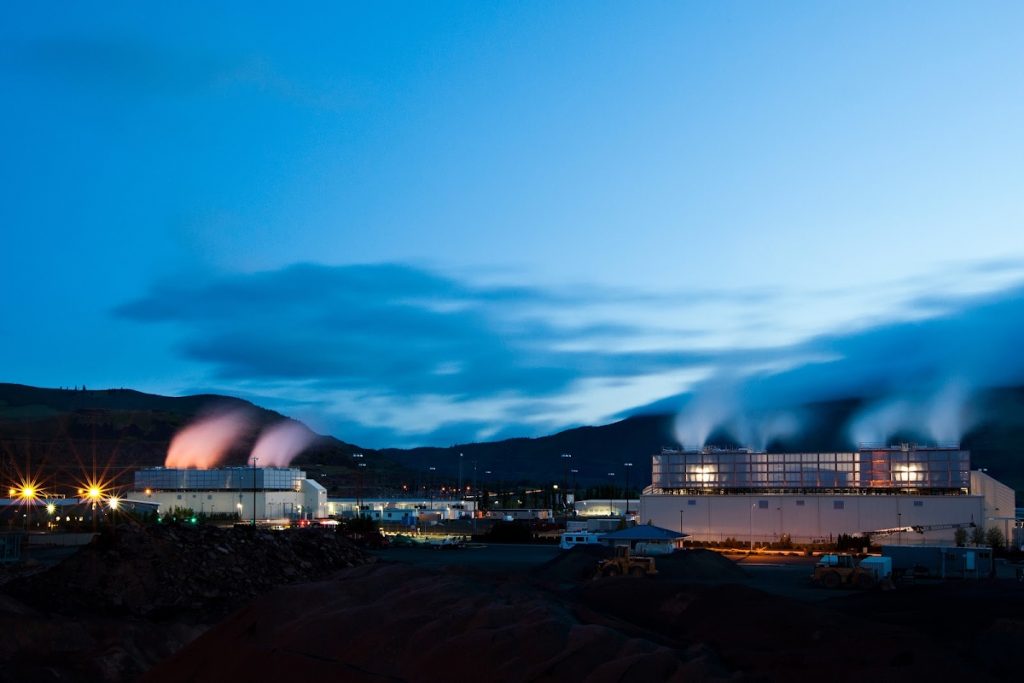
Image Courtesy
GOOGLE:
Google is one of the most environmentally friendly companies in Silicon Valley. They have consistently invested in renewable energy sources and set environmental goals such as replenishing the water they consume by 120% and reaching net-zero emissions by 2030. However, the emergence and spread of generative AI has put a spanner in their plans.
The sheer scale of Google’s operations, the increasing number of servers and data centres worldwide, and the increasing push and use of AI mean that the consumption of power and water, which was increasing predictably, is exploding exponentially.

Image courtesy
Google signed an agreement with Kairos Power, a Small Modular Reactor (SMR) company, to get their power. SMRs are miniature nuclear power reactors built in factories and assembled on installation sites, reducing construction time and costs. They are designed to be deployed incrementally, allowing the deploying company to scale up as per demand. While typical nuclear power reactors begin with 1000 MW (megawatt) power generation, SMRs generate about 300 MW.
Their first SMR will go live by 2030, followed by additional reactors five years later. Besides meeting energy needs, this is part of Google’s broader sustainability goals.
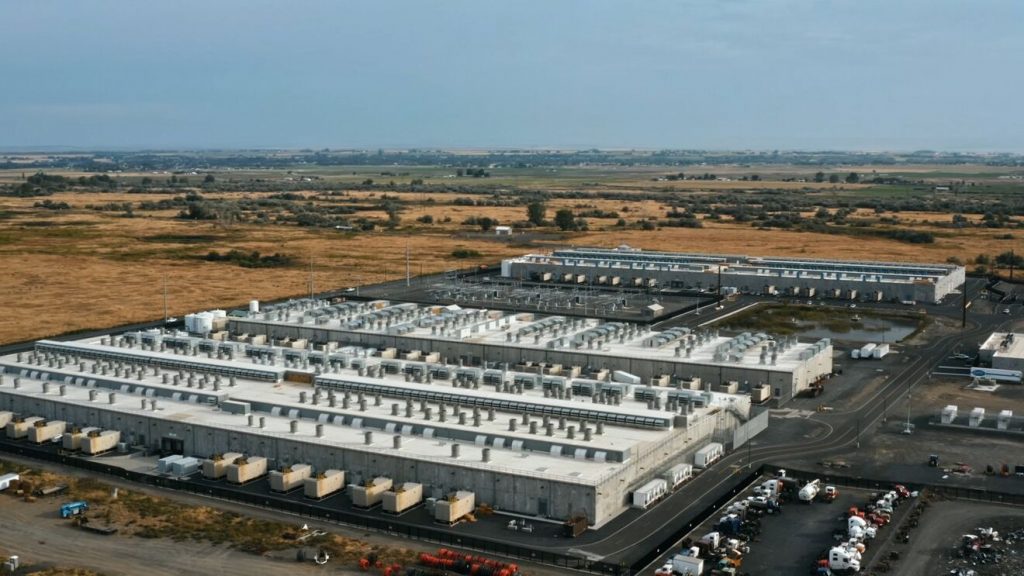
Image Courtesy
AMAZON:
Not to be left behind, on October 16, Amazon announced not one but three energy agreements to power their needs. Their deal with Energy Northwest will see them deploy four advanced SMRs in Washington, which by early 2030s will generate up to 960 MW of power. With another company, X-energy, Amazon is investing in developing manufacturing capacity to develop SMR equipment to support more than 5 gigawatts of new nuclear energy projects. The agreement with Dominion Energy is to develop an SMR project near Dominion’s existing North Anna nuclear power station to generate 300 MW of power.
These agreements follow Amazon’s eventual decision to enter the AI race after mostly sitting it out for over a decade. We had written about this in this article recently.
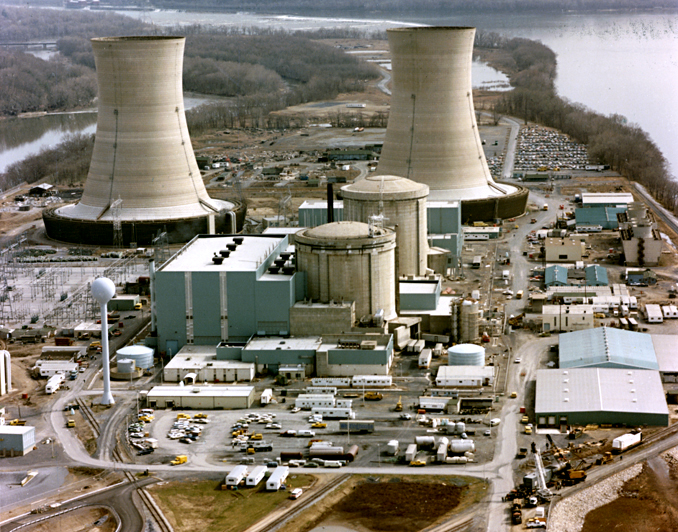
Image Courtesy: Wikipedia
MICROSOFT:
In 1979, seven years before Soviet Russia collapsed due to the resource drain caused by the Chernobyl Nuclear disaster, America dodged a similar bullet when Unit 2 of the Three Mile Island Nuclear power plant in Pennsylvania went into partial meltdown due to equipment malfunction, design problems, and human error. Though Unit 2 has remained shut since, Unit 1 continued to operate till 2019 when it was shut down after it was proven to be no longer economically feasible.
This September, Microsoft inked a deal to restart Unit 1 to generate power for its data centres. They’ll be putting $16 billion into it. The reactor’s owner, Constellation Energy, says the plant could be back online by 2028 and operate for at least the next three decades.
The 1979 disaster became a symbol for calls to ban nuclear power, not just in the US but worldwide. Over 100 nuclear power plants, some already under construction, were cancelled after this disaster. Although a few reactors from those commissioned before did come online later, none has been entirely new. However, the recent advances in SMR technology have reignited interest in nuclear energy.
BIG TECH’S BIG ENERGY NEEDS:
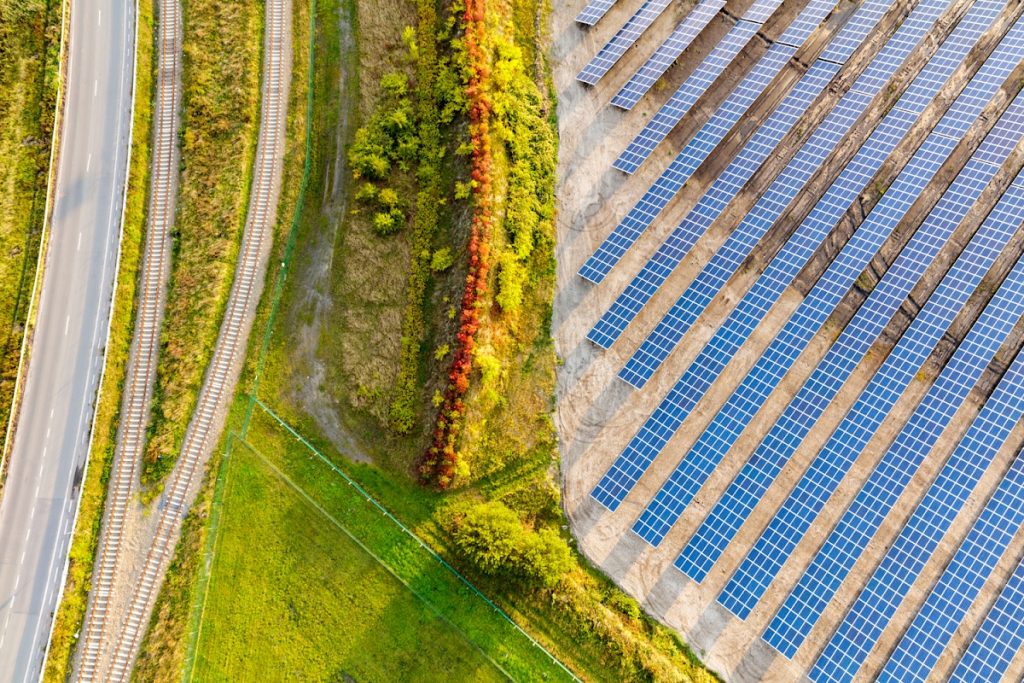
Image courtesy
Until 2022, although the need for power in retail consumers was increasing, there was no concerted push for nuclear power as the view was that expansion in existing power sources could compensate for rising demand. 2022 changed that. First text-to-image AI tools and then ChatGPT, radically altered the world.
In the 23 months since ChatGPT, a new Generative AI gold rush has swept big tech. The only problem is that artificial Intelligence – both training and daily operations – requires more energy than every other operation that these companies handle. As per the International Energy Agency, at 460 terawatt hours (TWh), data centres consumed about two per cent of all global electricity usage in 2022. With the exponential rise of generative AI since, although the old estimate states this will double by 2026 to 1000TWh, this figure could be much more if generative AI adoption continues to grow as rapidly as it is now.
Faced with escalating energy demands, Big Tech feels compelled to invest significantly in nuclear power, even in previously accident-prone areas. They aim to secure a dependable, low-carbon energy source to sustain AI operations and avoid global disruptions similar to the supply-chain shocks experienced during and after the pandemic. Additionally, their “commitment to sustainability and innovation” plays well in press releases.
Nuclear is a win-win solution for Big Tech’s most pressing need. However, as the Three Mile Island disaster and Chernobyl demonstrate, it takes a small accident to have big repercussions not just on the nuclear industry but the world. Will the industry, or the world, be able to take another such blow? We will have to walk much more than three miles to find out.
In case you missed:
- 9 new ways to power data centers: the unthinkable to the absurd
- Kodak Moment: How Apple, Amazon, Meta, Microsoft Missed the AI Boat, Playing Catch-Up
- A Manhattan Project for AI? Here’s Why That’s Missing the Point
- Project Stargate: Dubious Origins in the 1970s to AI Goldrush in 2025
- Rethinking AI Research: Shifting Focus Towards Human-Level Intelligence
- Google Falters Under AI Onslaught: Future of Search in Peril?
- AI vs. Metaverse & Crypto: Has AI hype lived up to expectations
- Rise of Generative AI in India: Trends & Opportunities
- Rufus & Metis Tell Tales of Amazon’s Delayed AI Entry
- You’ll Never Guess What’s Inside NVIDIA’s Latest AI Breakthrough
